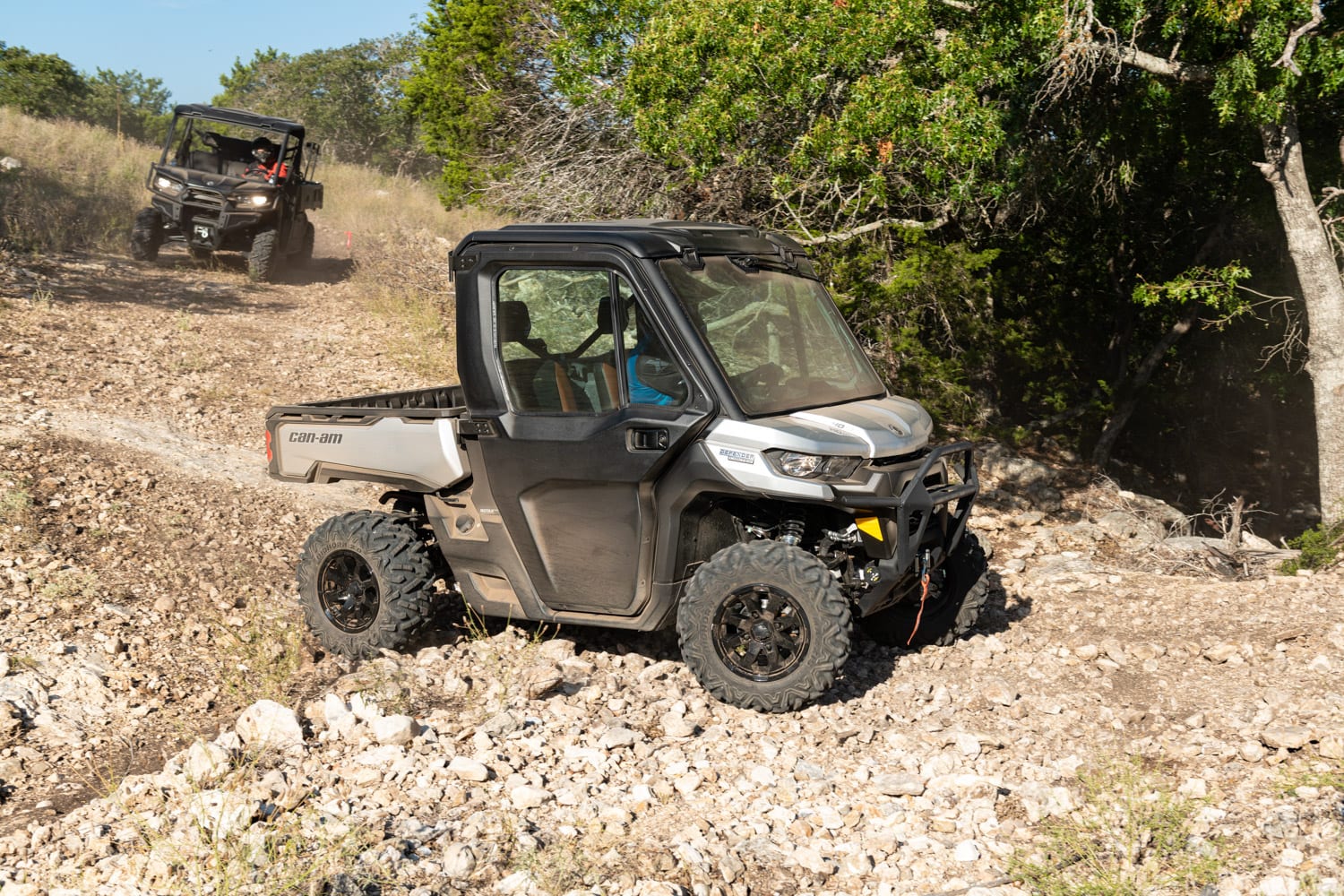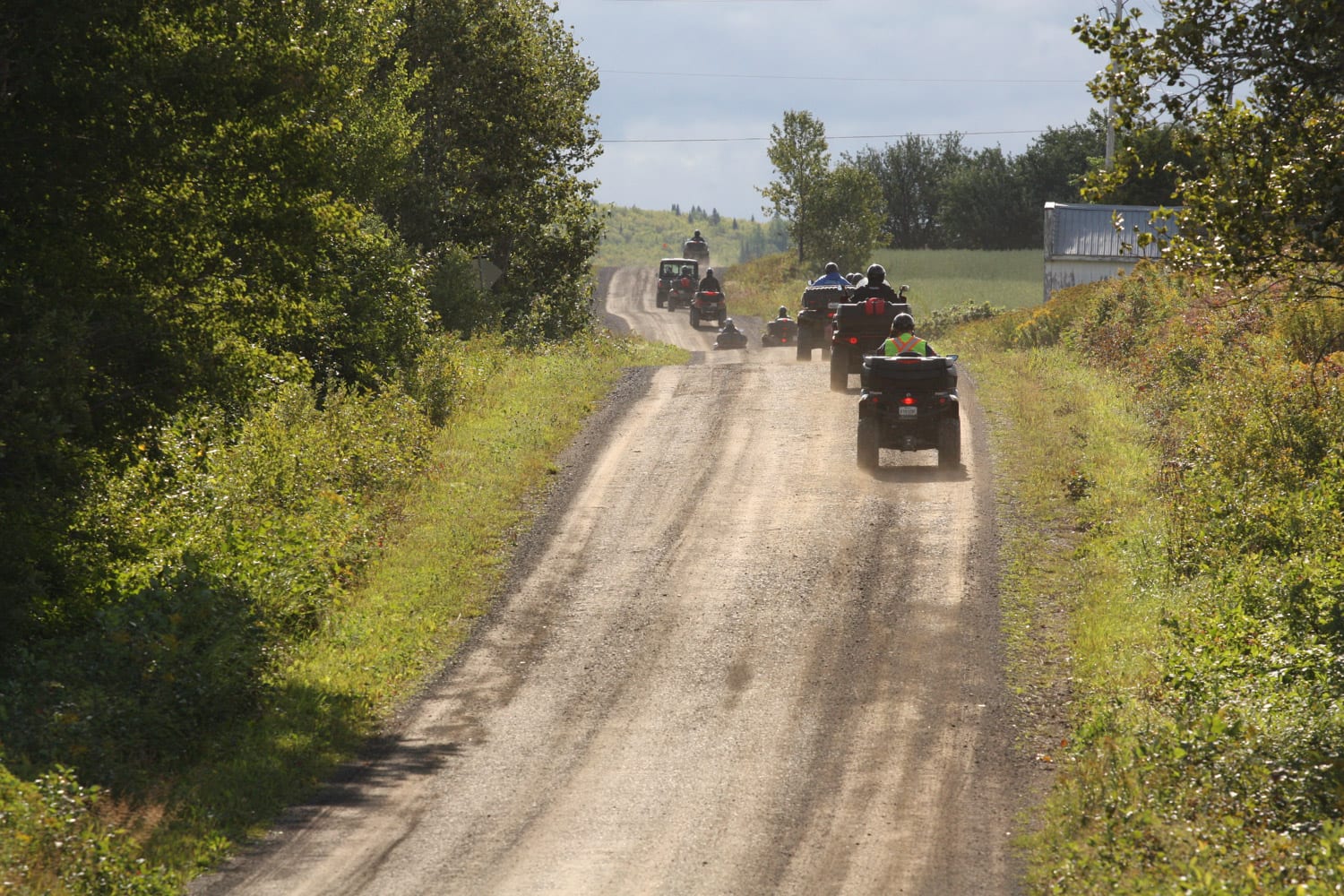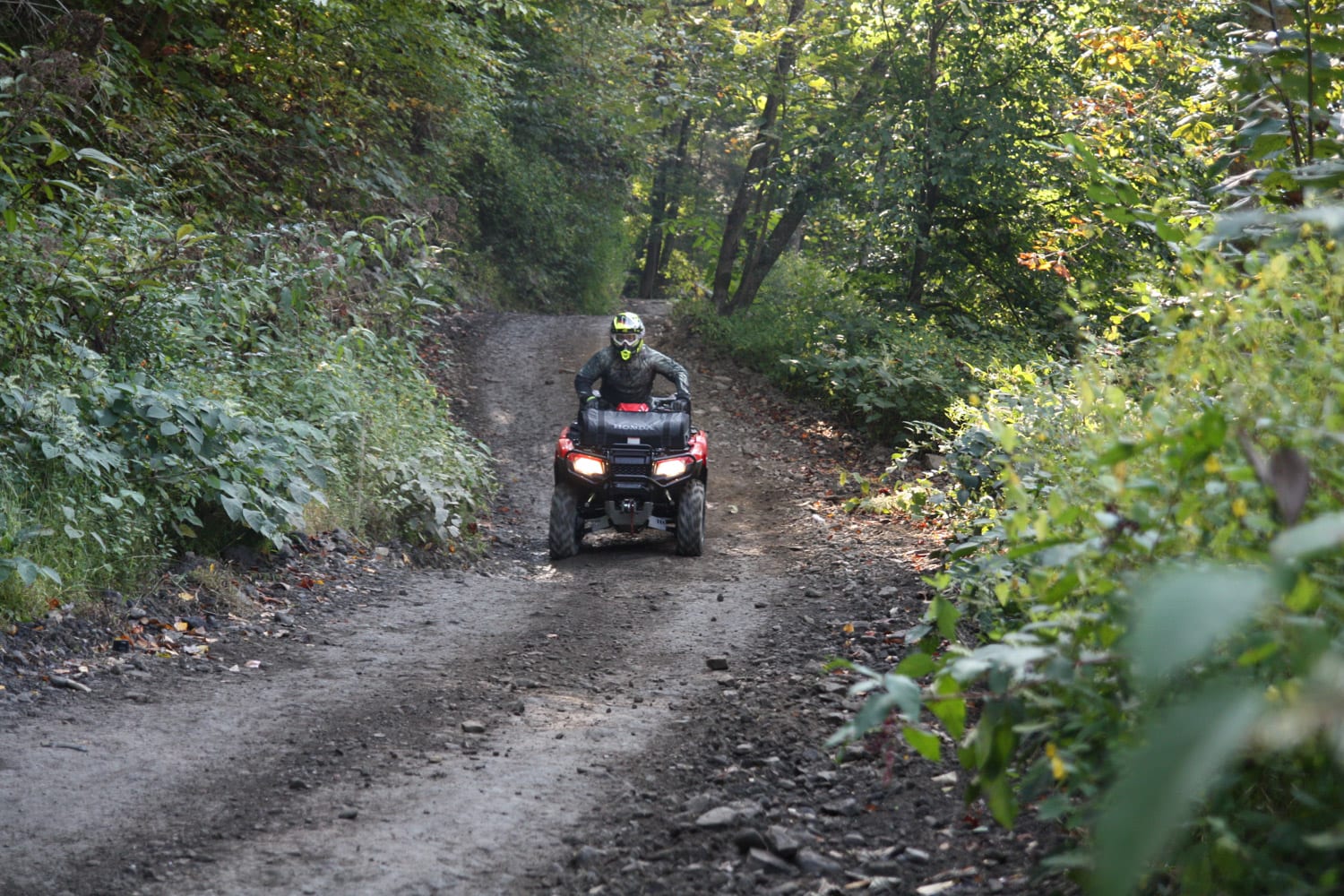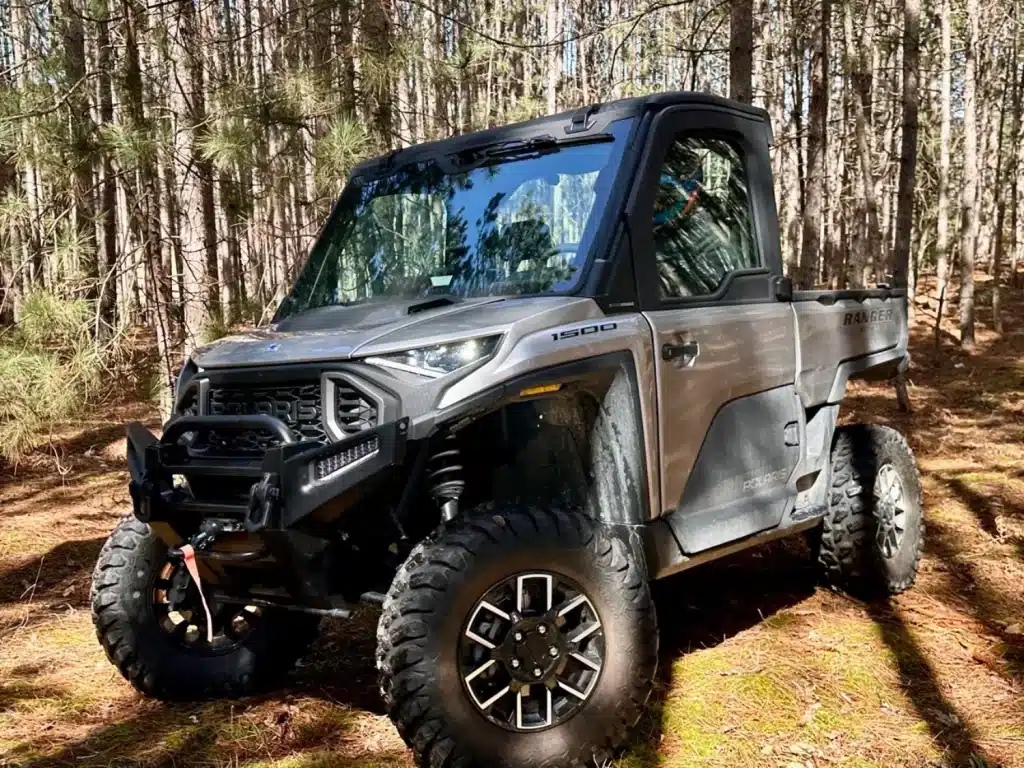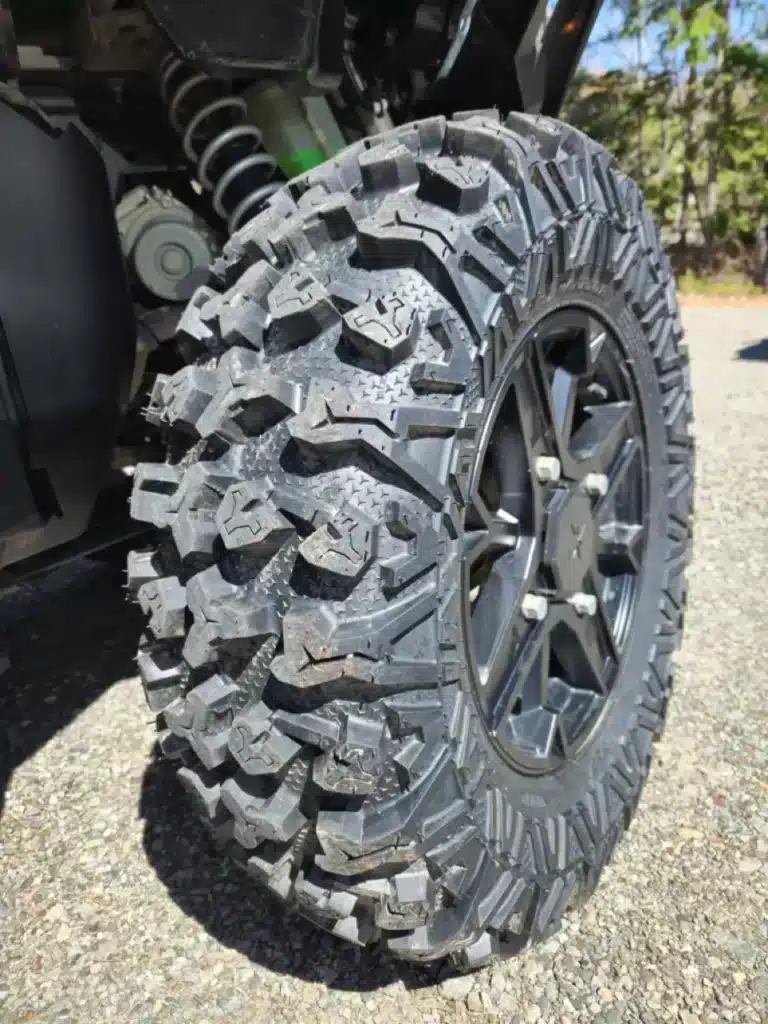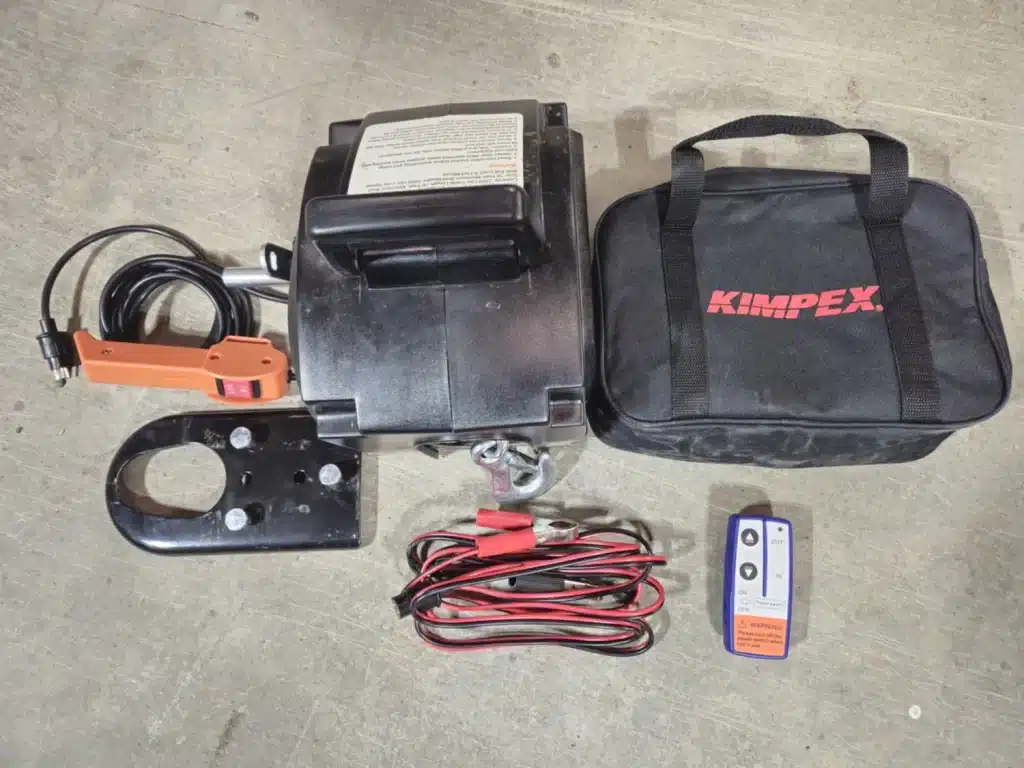The problem of delinquency in respecting the use of the trails is nothing new. However, the lack of civility from some off-road users has made the headlines in Quebec media lately. Indeed, while we previously saw citizens intolerant of the presence of off-road vehicles in their environment, we now see more and more posts on social networks featuring agricultural producers denouncing the contempt of people who shamelessly invade their property. For example, a farmer who had granted a right of way for ORVs less than 24 hours previously reported that snowmobiles had passed within two meters of his house, and quads had dared to enter his shed, which the doors were left open. This situation is simply unacceptable and revolting for the owner, the ORV clubs, and for all of the ORV users who still have a decent base of good manners.
This problem is taken very seriously by the authorities of the off-road vehicle federations, namely the Fédération québécoise des clubs quad (FQCQ) and the Fédération des clubs de motoneigistes du Québec (FCMQ). In winter, the public has widely criticized snowmobile activity because of the incursions of off-trail snowmobiles that crisscross Quebec’s countryside, even in the smallest areas of virgin snow. Therefore, the FCMQ made a media outlet with Quebec’s Agricultural Producers Union (UPA) to send out a clear message: the sustainability of the activity depends on respect for private property. Speaking with one voice, the FCMQ and the UPA show that they take this problem seriously, and it must be fought to keep the harmonious cohabitation between the agricultural world and ORVs. Although the snowmobile crisis is peaking in the winter, quads are experiencing the same problem with the summer intrusions into the fields of hay, freshly sown grain, and other places.
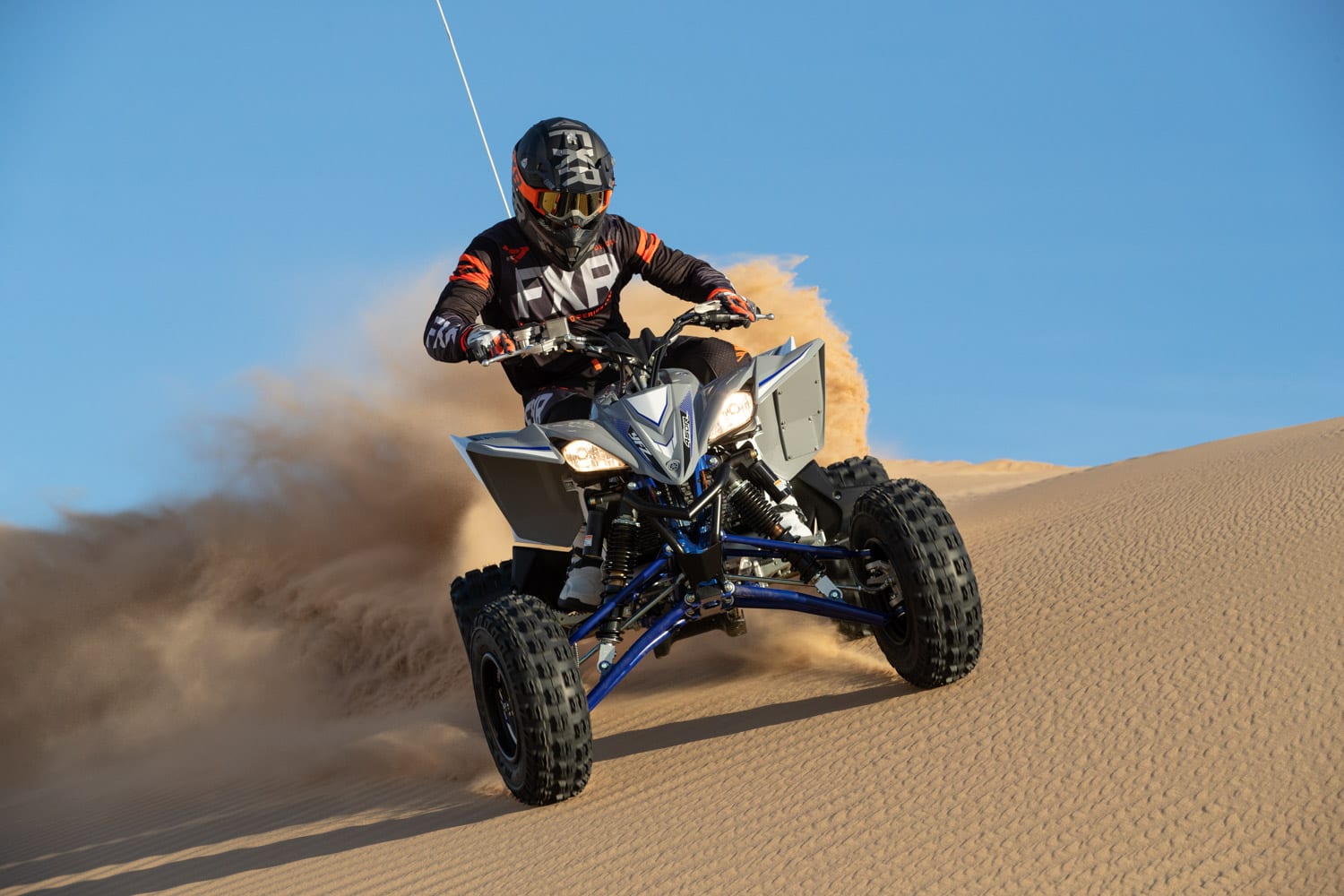
The great vulnerability of ORVs
To realize how problematic the situation is, it is necessary to understand that snowmobile and quad trail systems are located either on public lands that belong to a provincial or municipal government, or on private land owned by a corporation or an individual. As for quads, they sometimes also use public roads with the blessing of the municipality. Not a single kilometer of the two networks belongs to the clubs. Therefore, the clubs are in constant active negotiation with the different owners to promote and develop their network of trails. It is a unique large-scale business model based on a relationship of trust between users and the community. The rules of civility, respect for others and their property, politeness, and courtesy are therefore a cornerstone of the foundation of the ORV system in Quebec and other provinces across Canada. Also, it would be unfair to point the finger at young people who are more individualistic than their elders. Several gray heads have been seen inappropriately racing their machine too.
Although this is obvious to some, most of the time, users let themselves be carried away by the exhilaration of the excessive power of their machine. And who says extreme power says destruction when the pilot unleashes the machine. A Tundra snowmobile will not leave much damage after a passage, but a mountain snowmobile can dig deep enough to bring the soil up to the snow surface. As for side-by-side of nearly 200 horses which make large arabesques of controlled snow drifting in the fields, one has to see the damage in the crops to understand the extent of the losses inflicted to the farmers.
The landowner who witnesses these incursions on his property will want to stop these acts by immediately canceling the right of way he granted to the ORV clubs. Whether for reasons of anger, to protect his property, or fear against overly daring users, the result will be the same: the networks will split up all over, sometimes as a block of several neighboring owners. This situation will eventually take place much more quickly than the clubs will plug the gaps. The clubs may become weary of negotiating for months’ complex right of way that will sometimes last for a week or less. Finally, the main argument that organized trails will concentrate ORV traffic in one place on a specific path no longer holds.
Rebuilding community confidence
Once put into perspective, we understand that the incivility of some users can no longer be associated with a temporary phenomenon that has no impact on the activity. Through social media, the affected landowner now realizes he is not alone. At a minimum, he will feel comforted to banish anything that has a motor, and perhaps he will want to regroup with his neighbors. Although the ORV world dreads this situation, no one can blame these people for reacting in this way, especially after having shared their property with the community.
So, how do you stop this complex problem? Basically, we are talking about a behavioral problem of people being selfish and who only seek personal satisfaction. It is a direct consequence of the “Freedom” syndrome. Two solutions are possible: education or coercion.
Several federations, clubs, and other organizations have started to join forces to raise awareness of the importance of respecting private property. Their message has two distinct purposes: make landowners understand that stakeholders understand their problems and take action to alleviate them, and educate the offending users of the consequences of trespassing private property. Far-sighted, the FCMQ has also set up an information section for the responsible use of off-trail snowmobiles in the backcountry. Maybe the FQCQ should follow suit when summer returns. We will see.
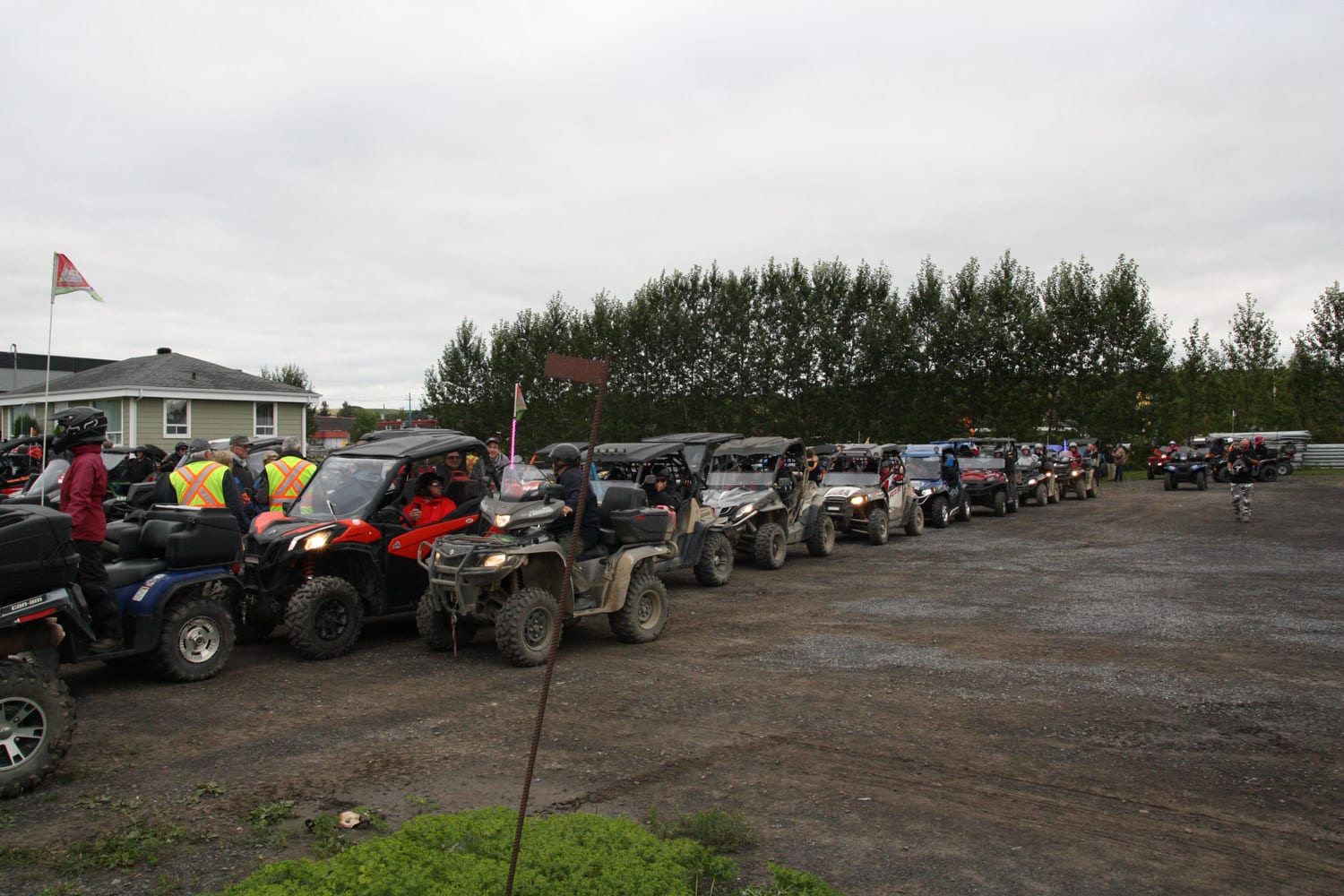
The issue of improperly driving overperforming machines will not go away in the blink of an eye. All players in the business chain must work together to get the message across. For now, it looks like the problems brought by the industry’s new supercharged creations lie only with the federations and clubs of ORV users. It is time for the manufacturers to reinforce the message to customers that social responsibilities come with the use of off-road vehicles. The communication must be identical, loud, and clear to hope to change undesirable behavior.
As for the repression, it is unrealistic to think of catching them in the act. How do you stop an off-trail sled? Or even a side-by-side? Will it be necessary to use drones to track them down and catch them later? That would be a lot of logistics to deploy for a problem that does not occupy such a prominent place on the scale of all the social issues in Canada.
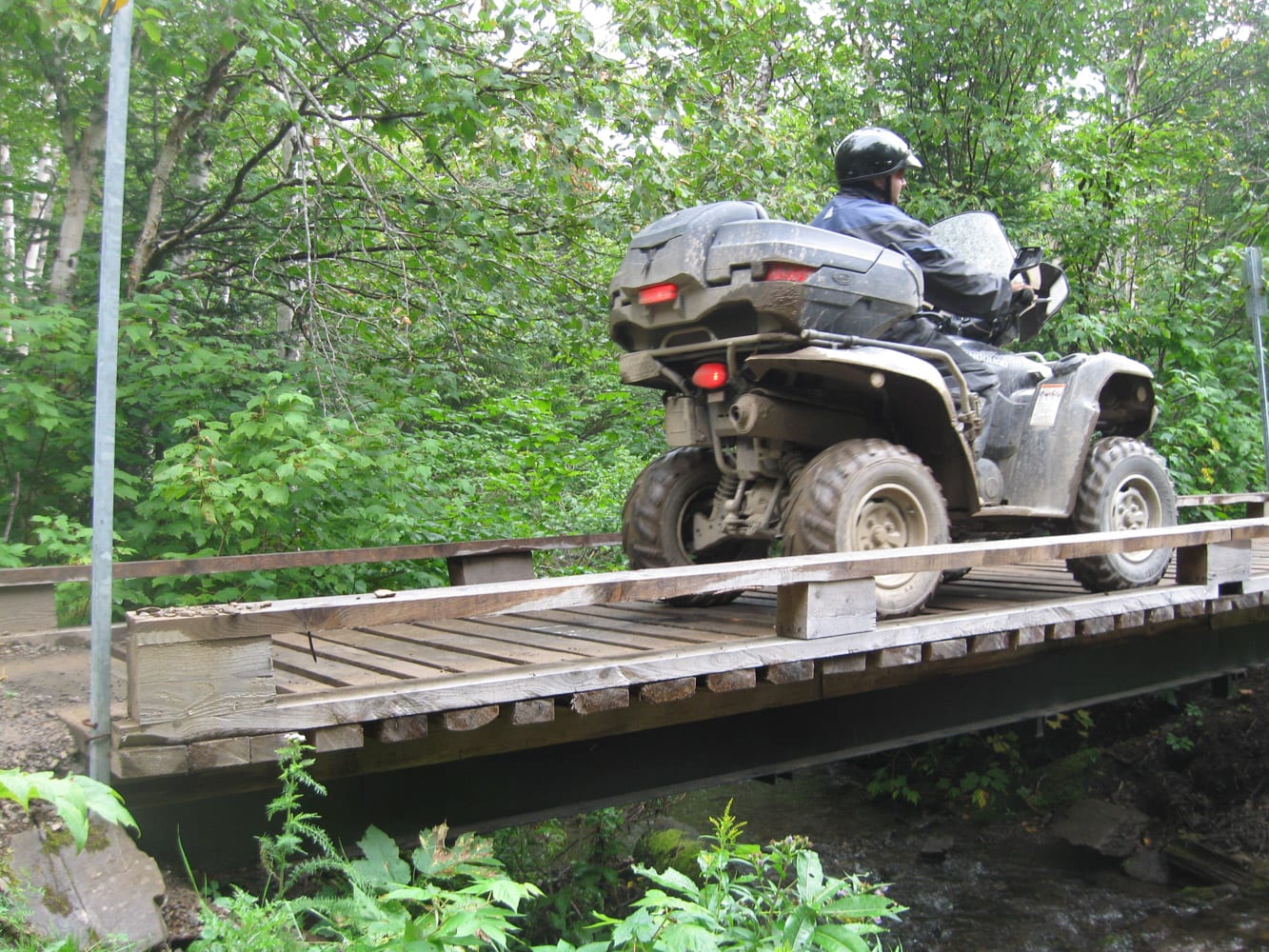
The urgency to change things
In the current course of events, the world of ORVs as we know it could change drastically within a few years. Imagine a significant rejection of ORVs by landowners in urbanized regions; their playing field would be reduced to Crown lands. The off-road activity would be much less accessible for users who will have to travel for hours to reach the playgrounds. Also, imagine the weariness of the volunteers constantly trying to repair the broken pieces. It is therefore of the utmost importance that the entire industry works together to stop the problem.


